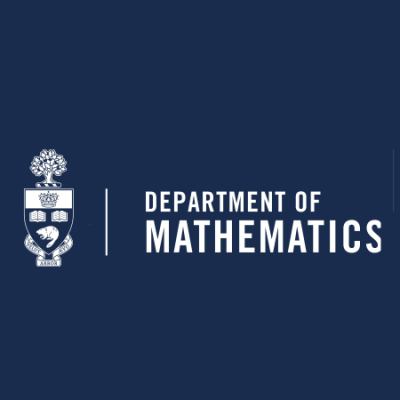James Arthur
University Professor University of Toronto, Department of Mathematics

University of Toronto, Department of Mathematics
View more experts managed by University of Toronto, Department of Mathematics
Biography
Industry Applications
Research Interests
Education
Yale University
Ph.D.
Mathematics
1970
University of Toronto
B.A.
Mathematics
Articles
Problems Beyond Endoscopy
University of Toronto2015
We give a short introduction to Beyond Endoscopy, a proposal by Langlands for attacking the general principle of functoriality. We shall try to motivate the proposal by emphasizing its structural similarities with the actual theory of endoscopy. We shall then discuss a few of the many problems that will need to be solved, some of which are suggested by the recent work of A. Altug .
L-functions and automorphic representations
University of Toronto2014
Our goal is to formulate a theorem that is part of a recent classification of automorphic representations of orthogonal and symplectic groups. To place it in perspective, we devote much of the paper to a historical introduction to the Langlands program. In our attempt to make the article accessible to a general mathematical audience, we have centred it around the theory of L-functions, and its implicit foundation, Langlands’ principle of functoriality.
Classifying automorphic representations
University of Toronto2013
This article is an introduction to the monograph [ECR], the purpose of which was to classify the automorphic representations of a family of classical groups. The groups are quasisplit, special orthogonal and symplectic groups G. Their representations are classified in terms of those of general linear groups GLpNq. The monograph is based on the stabilization of the trace formula for G, established for any connected group in [A1]. It also depends on the stabilization of the twisted trace formula for GLpNq, which represents work in progress by Moeglin and Waldspurger [W5]–[W7], [MW2]. Until it has been completed, the classification will remain conditional.
The Work of Ngo Bao Chau
Proceedings of the International Congress of Mathematics2010
Ngo Bao Chau has been awarded a Fields Medal for his proof of the fundamental lemma. I shall try to describe the role of the fundamental lemma in the theory of automorphic forms. I hope that this will make it clear why the result will be a cornerstone of the subject. I will also try to give some sense of Ngo’s proof. It is a profound and beautiful argument, built on insights mathematicians have contributed for over thirty years.
Report on the Trace Forumula
University of Toronto2009
This article is a summary of the two hour presentation/discussion on the trace formula. The proposed topic was very broad. It included a recapitulation of the trace formula, past and present, as well as an outlook for its future. The article will treat these matters in only the most concise terms.
I include just two references [A] and [L]. The first of these is a general (and detailed) introduction to the trace formula and related topics. It contains references to just about everything discussed in this article. The second is a review by Langlands of his ideas for possible application of the trace formula to the general principle of functoriality. We shall discuss this topic at the end of the article.





